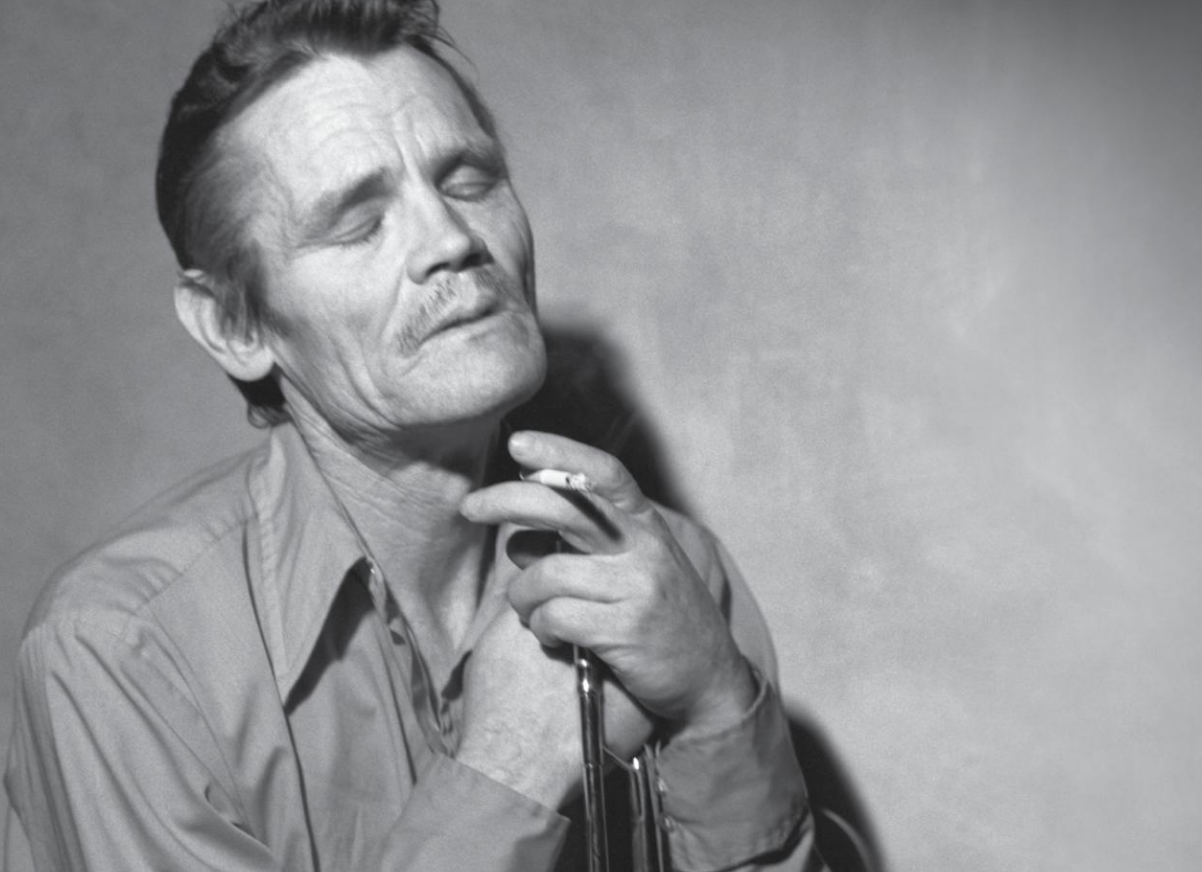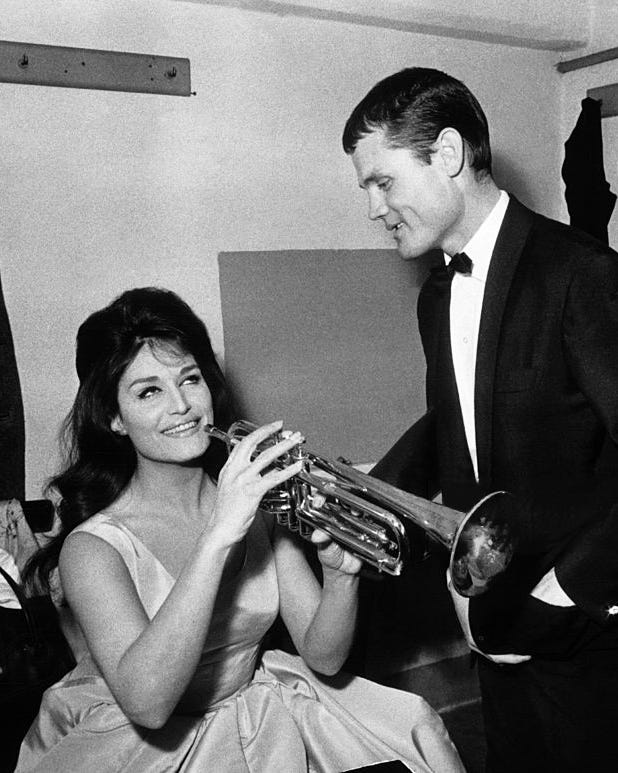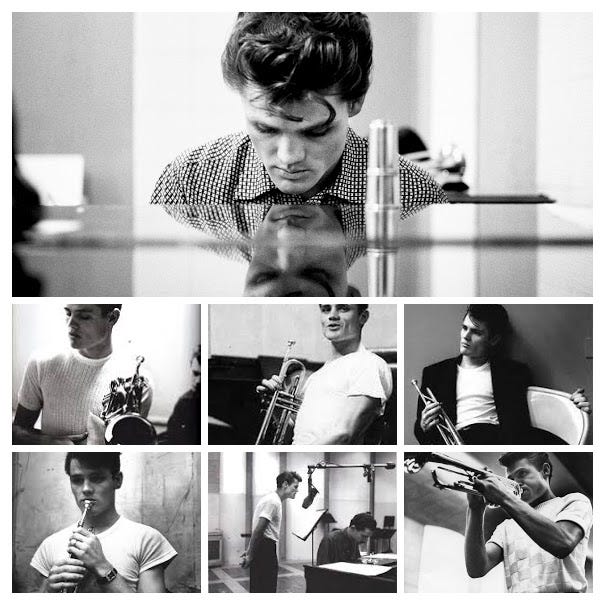
I get sad whenever I listen to Chet Baker. Perhaps it’s because I discovered him at the wrong end of his life when hearing of his death in 1988. Or perhaps it’s because the first image I ever saw of him was from the cover of the 1988 album, My Favorite Songs: The Last Great Concert. The cover photo captures the eternally futile search for happiness that’s in the eyes of every drug addict, and those eyes have haunted me for over thirty years. So has the recording.
Perhaps it was the documentary, Let’s Get Lost, also released in 1988. Directed by Bruce Weber, we see a highly intelligent, yet conniving Baker weave in and out of lucidity and in and out of people’s lives, revealing just enough vulnerability and charm to score his next hit. He’s heartbreaking, maddening, brilliant, and beautiful.
The tragedy is made complete when you start at the beginning.

Chet Baker was born into a musical family in Oklahoma in 1929. He dropped out of high school and joined the U.S. Army at 16, in 1946, and became a member of the 198th Army Band, stationed in Berlin. He left the Army in 1948 and studied music for a couple of years in Los Angeles. He re-enlisted in 1948 and played in the Sixth Army Band at the Presidio in San Francisco. By the time he was discharged in 1951, he was already playing in local clubs. The boy could play!
In 1952, aged 22, he toured the west coast with Charlie Parker and joined the Gerry Mulligan Quartet. Baker was part of what became known as West Coast Jazz. Here’s a great live recording from 1953 with Stan Getz embodying this sound.
He had moviestar looks, loved to drive nice cars, wear nice clothes, and was never, shall we say, left wanting for attention.

The photographer, William Claxton, perfectly captured Baker’s charismatic and brooding personality in a series of photos from this time.

Heroin and Jazz sadly went hand in hand during this time and while Baker claimed he started using heroin in 1957, colleagues and acquaintances said that he was already using in the early fifties. Nevertheless, he was one of the top earning jazz artists of the decade, releasing album after album that were instant classics, including –
Chet Baker Quartet featuring Russ Freeman 1953
Chet Baker Ensemble 1953
Grey December 1953
Chet Baker Sings 1954
Chet Baker Sextet 1954
The Trumpet Artistry of Chet Baker 1954
He was known to hock his instruments for drugs, and was arrested and imprisoned in Italy for possession. In 1966, in Sausalito, CA, he got in a fight, most likely over drugs, that resulted in his teeth getting knocked out, which ruined his embouchure and made it unable for him to play the trumpet. He was working at a gas station when he realized he needed to find a way to come back to music.
With dentures and a new approach to trumpet playing, but without ever getting clean, Baker began to make a comeback in the seventies. Moving to New York City, he would often play with Jim Hall, Paul Desmond, and Hubert Laws. Here are two classic albums from this time.
She Was Too Good To Me 1974
Concierto 1975
The last ten years of his life, Baker lived in Europe. In 1983, Elvis Costello, a long-time fan, hired him to play trumpet on his song, Shipbuilding, exposing a whole new generation to Baker’s playing.
Chet Baker was found dead on the street in front of his Amsterdam hotel on May 13, 1988, having apparently fallen from his second floor hotel room, with cocaine and heroin found in his room and in his body. There was speculation that it was a drug deal gone bad but there was no evidence to back up this claim. There was also rumor that he had locked himself out of his room and was trying to climb from the adjacent hotel room over to his. Whatever really happened, it was just plain sad. This last album I’m sharing was recorded less than a year before his death. Heartbreaking, maddening, brilliant, and beautiful.
In Tokyo 1987
